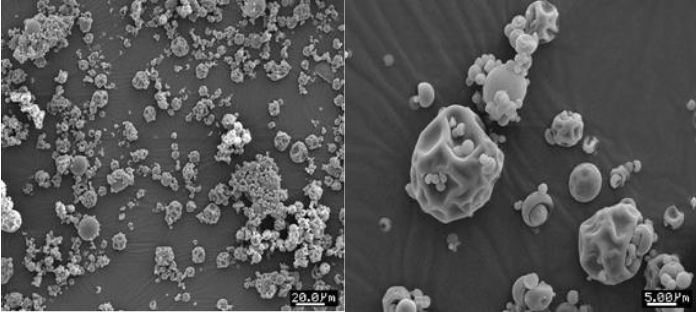 |
|
The objective of this work was to determine the effect of spray drying on the microbial survival of lactic acid bacteria (LAB), acetic acid bacteria (AAB) and yeast (Y), as well as on the volatile compounds retention of the “taberna”. Different mixtures of maltodextrin, gum arabic, xanthan gum and sodium alginate as coating materials, different proportions coating material:"taberna" (1:1, 1:2 and 1:3 v/v), as well as the effect of the feeding flow (3, 6 and 9 mL/min) and the inlet air temperature (80, 90 and 100 °C) in the dryer were evaluated on the efficiency of microencapsulation, microbial survival, water activity and the morphology of the microcapsules. Optimal conditions for the encapsulation of "taberna" to maximize microbial survival and microencapsulation efficacy were: feed flow of 3 mL/min, inlet air temperature of 97 °C and a mixture of MD-AG using a coating material:“taberna” ratio of 1:1 (v/v). With these conditions, in addition to maintaining the viability of the three microbial groups, most of the aromatic compounds of the "taberna" were retained.
Keywords: “Taberna”, orthogonal experimental design, microbial survival, volatile compounds..
|
|
 |

